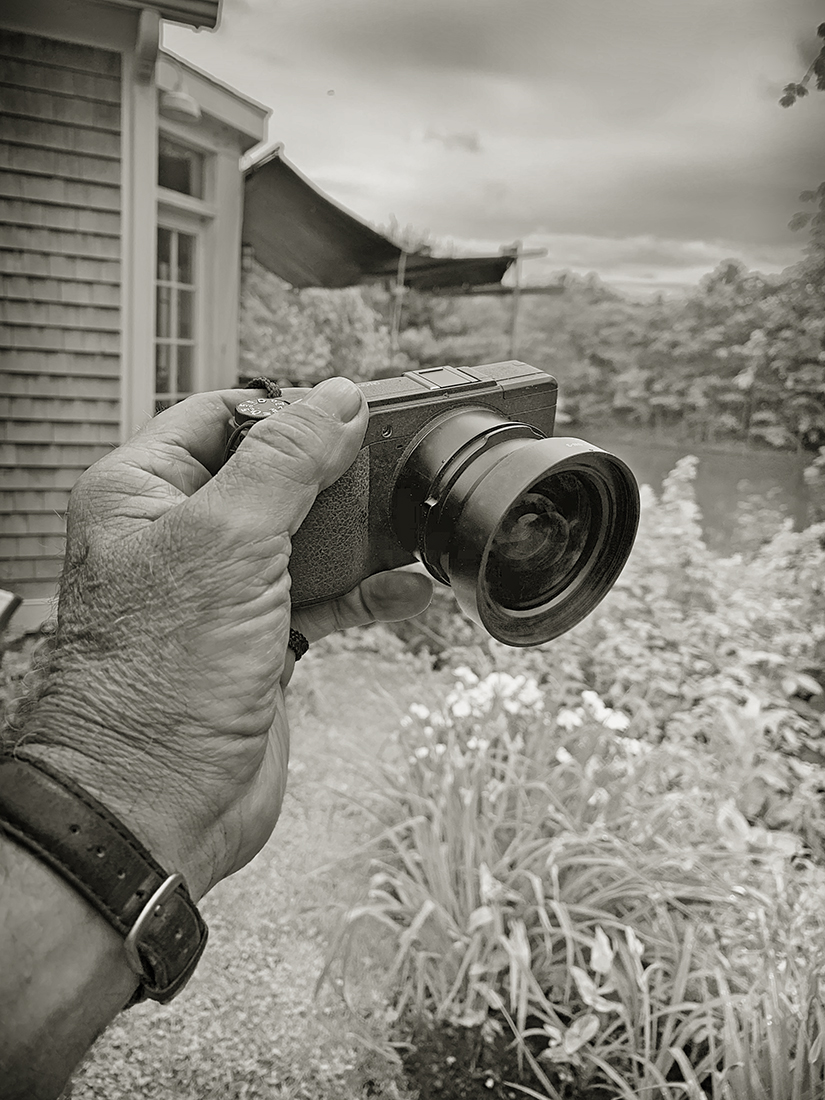Part IV - Printing the Image
While the plate is being prepared, water color paper is dampened. (My preferred choice these days is Fabriano Rosapina but there are scores of choices. https://www.dickblick.com/products/fabriano-rosaspina-paper/ Asmall degree of dampness is essential to assure a transfer of the ink from the plate to the paper when run through the press. Again, there are many techniques for dampening. My choice is to leave it in a tray of fresh water for half an hour or more. I then place it between the folds of a towel to dry, running my hands over the surface of the outer towel fold. If the paper is too damp when printed it will adhere to the plate, ruining the print and requiring some serious effort to clean and re-ink the plate. Learning to judge the proper dampness took me awhile (with many ruined prints in the process).
The inked plate is now placed on the bed of the etching press.
The dampened water color paper is then placed over the plate and the felt blankets (seen on the right side of the image above) are then laid over the “sandwich” of plate and paper. The press is then cranked, forcing the sandwich between two large rollers. The paper is thus pressed with hundreds of pounds of pressure, causing the ink to transfer from the plate to the paper.
The press bed emerges on the right side of the press, the paper is gently lifted from the plate, and the final image appears, clean and free of adhesions to the plate (hopefully!).
The print is then placed between two pieces of blank newsprint and placed between sheets of sheetrock for flattening and drying. It is then complete, ready for framing or the portfolio
In summary, this process is slow and, for me, extremely satisfying. Nice music and a little wine don’t detract from the experience on a cold, snowy day.

























